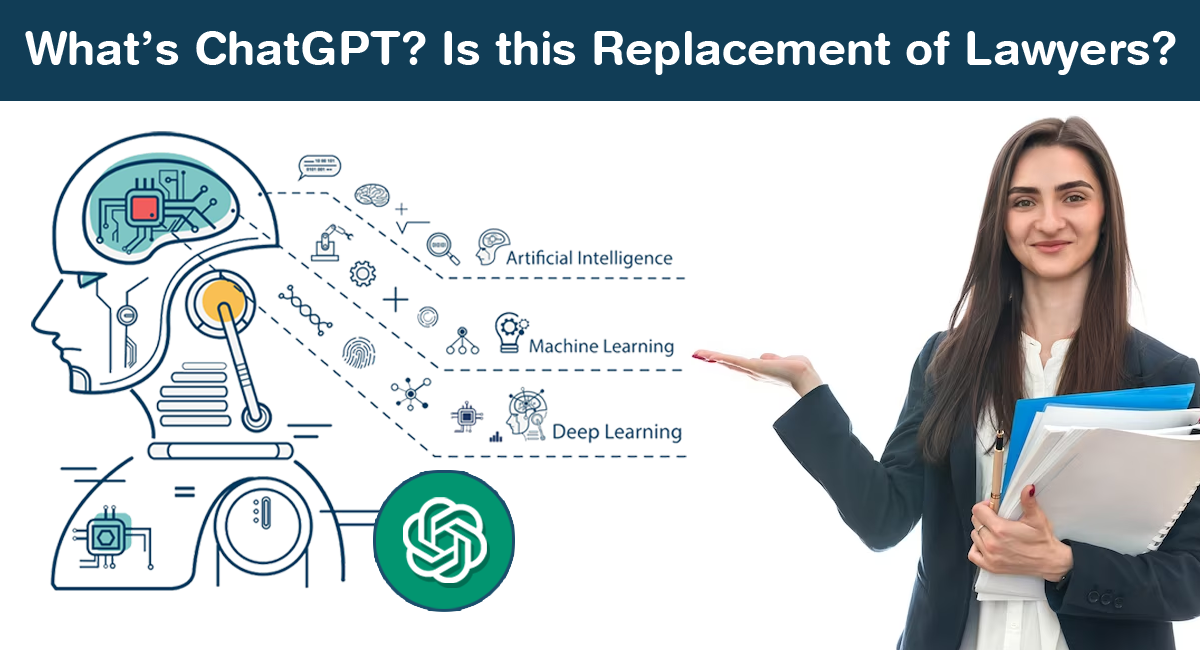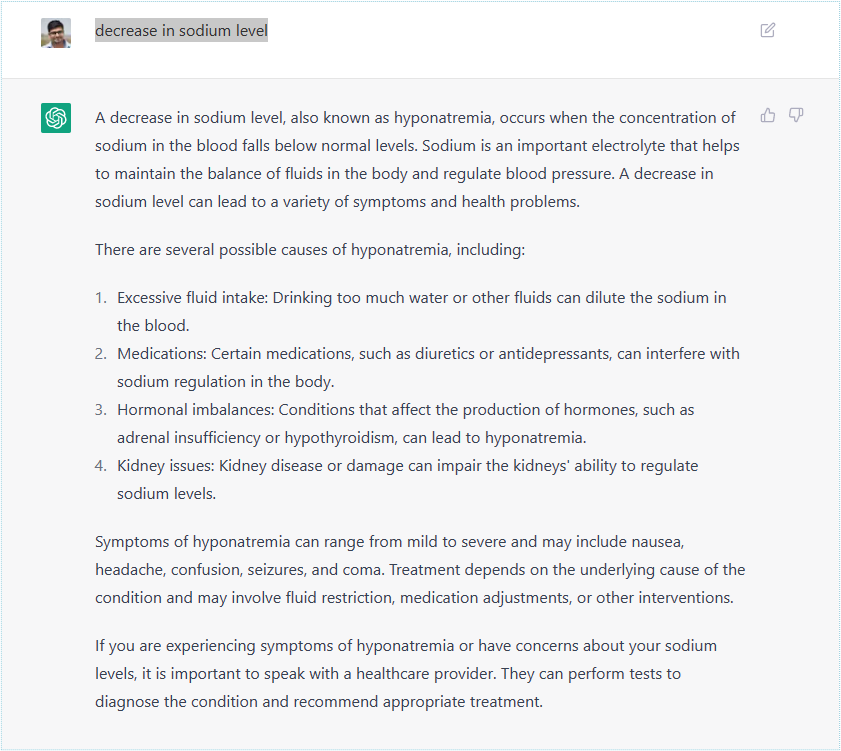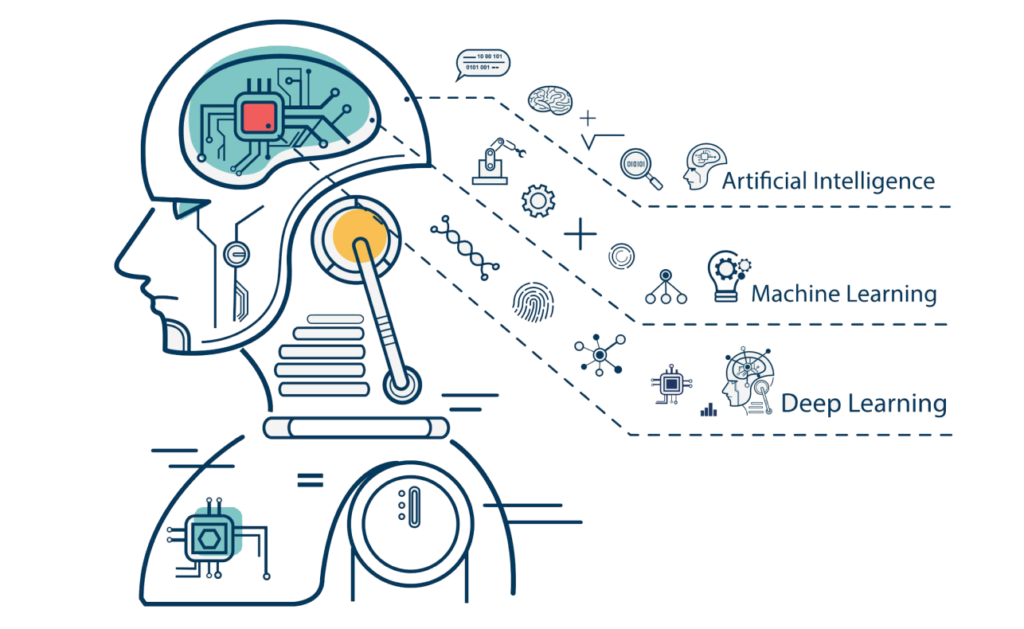
Apologies for this title! The intention is not to offend the lawyers.
Whenever any new technology is invented, wise people start debating, that it’s going to replace the professionals like doctors, lawyers, engineers and etc…
I’m a hardcore techie and the biggest admirer of technology.
But!! In my view, any technology can’t beat the human brain. But for sure efficient technology can make humans more productive.
To illustrate it a little deeper, I tried something on ChatGPT ‘Decrease in Sodium Level’. And got the following response in a fraction of a second.
This was something the doctor had diagnosed for my father.

Do you feel after this doctor is not needed and we’re able to treat the patient?
Nooooop….A Big ‘No’ from my perception.
I think I’m able to make it clear, that technology can not replace the doctor and any professional.
So, can ChatGPT replace the Lawyers?
No. Not at all.
Let’s deep dive into our today’s primary subject ChatGPT.
| But before getting into ChatGPT let’s be familiar with some of the acronyms that we’ll be using often. E.g., Artificial Intelligence, Machine Learning, Deep Learning, OpenAI and Bot. |  |
Artificial Intelligence:
Artificial Intelligence (AI) is a field of computer science that aims to create machines that can perform tasks that normally require human intelligence. AI involves the development of algorithms and computer programs that can process and analyze vast amounts of data, identify patterns and relationships, and make decisions or take actions based on that data.
Machine Learning:
This is a type of AI that involves training algorithms on large amounts of data to identify patterns and relationships. Machine learning algorithms can improve their performance over time as they receive more data.
Deep Learning:
This is a subset of machine learning that uses artificial neural networks to process and analyze data. Deep learning is particularly effective at processing and analyzing complex data such as images, audio, and video.
OpenAI:
OpenAI is an artificial intelligence research laboratory consisting of a for-profit research company and a non-profit organization. It was founded in 2015 by a group of influential technology entrepreneurs, including Elon Musk, Sam Altman, Greg Brockman, Ilya Sutskever, John Schulman, and Wojciech Zaremba.
OpenAI’s mission is to create and promote friendly AI that benefits humanity as a whole. The organization conducts research in a variety of fields related to artificial intelligence, including deep learning, natural language processing, robotics, and more. OpenAI also develops and releases open-source software and tools that enable researchers and developers to build and test AI systems more easily.
Bot
A bot, short for “robot,” is a software application that is programmed to automate tasks that are typically performed by humans. Bots can be designed to perform a wide range of tasks, from simple to complex, and can be used for a variety of purposes, such as customer service, marketing, and data analysis.
Bots can be programmed to interact with users in various ways, including through text-based chat interfaces, voice interfaces, or graphical user interfaces. Some bots are designed to operate on social media platforms, such as Twitter or Facebook, while others are used to automate business processes or perform data analysis.
Natural Language Processing (NLP)
It’s a subfield of artificial intelligence (AI) that focuses on enabling computers to understand, interpret, and manipulate human language. NLP involves using computational techniques to analyze and understand natural language data, including spoken and written language.
Now we’re in a good position to understand ChatGPT.
What’s ChatGPT?
ChatGPT is an AI-powered chatbot developed by OpenAI. As a language model, ChatGPT can generate human-like responses to a wide range of questions and topics. ChatGPT uses natural language processing (NLP) and machine learning techniques to understand and respond to user queries.
The usage of ChatGPT is quite simple. Users can interact with ChatGPT by typing their questions or statements into a chat interface. ChatGPT then analyzes the input and generates a response based on its understanding of the question or statement.
ChatGPT can be used for a variety of purposes, including customer support, education, entertainment, and more. Some specific use cases of ChatGPT include:
- Providing automated customer support for businesses.
- Assisting students with their homework or research.
- Helping people find information or make decisions.
- Generating creative writing prompts or story ideas.
- Playing text-based games or engaging in interactive storytelling.
Overall, ChatGPT is a powerful tool that can be used to facilitate human-machine interaction and enhance the user experience in a wide range of applications.
So, once again I reiterate ChatGPT can not replace the Lawyers, but there are many areas where it can make the lawyers more productive by eliminating the repetitive and unproductive items from their schedule.
Stay tuned for our upcoming article, “How ChatGPT can help Lawyers?”

Ashish has 15+ years of experience in Enterprise Applications.
A Technology, Process & Productivity Expert for the law firms from last one decade.
 English
English French
French German
German

